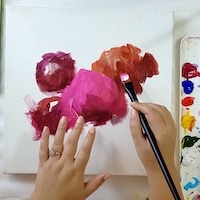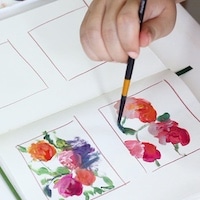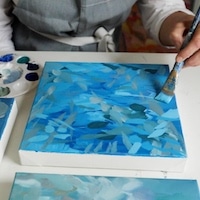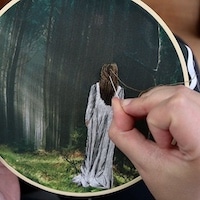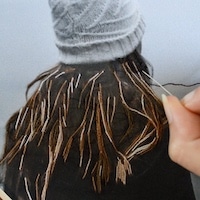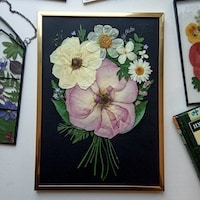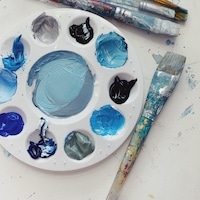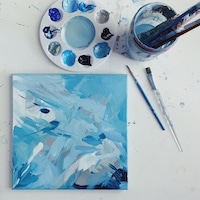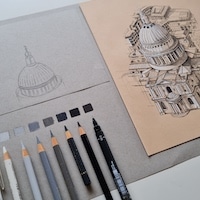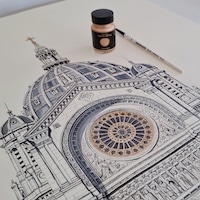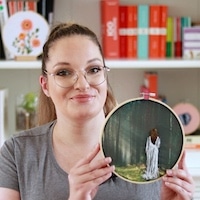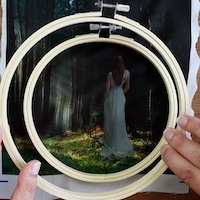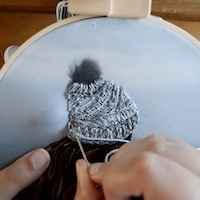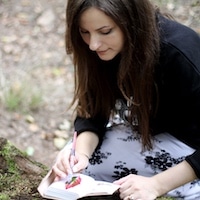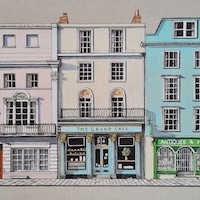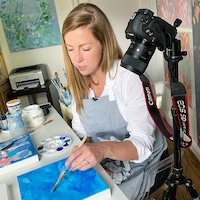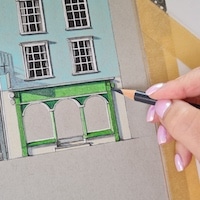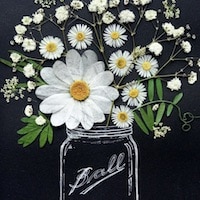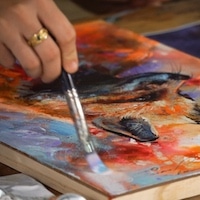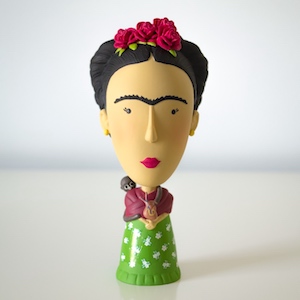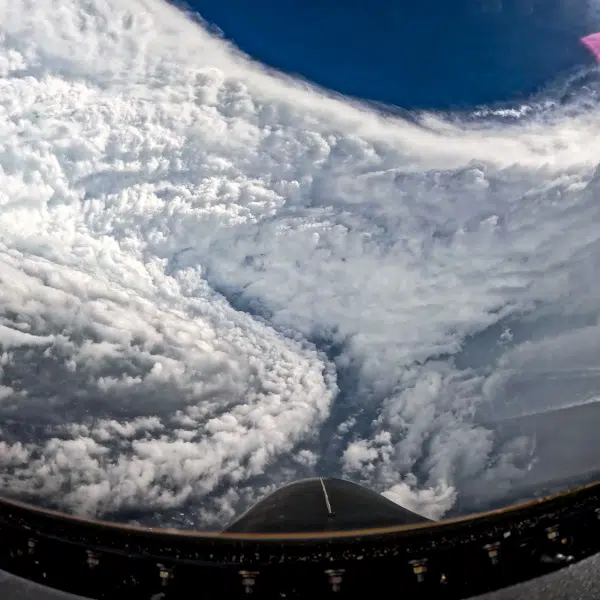
Photo: National Science Foundation/Peter Rejcek via Wikimedia Commons (Public domain)
Antarctica is filled with incredible landscapes and natural beauty, but one area looks like a scene from a horror film—if you don’t know what you’re looking at. In East Antarctica, at the end of the Taylor Glacier, a gush of red liquid pours into Lake Bonney. Known as Blood Falls, it stumped scientists for over a century. It was initially thought that the red hue was due to red algae, but that’s actually not the case.
Blood Falls was discovered in 1911 by Australian geoscientist Thomas Griffith Taylor. For over 2 million years, the glacier has sat atop a subglacial lake, isolating its salty waters from sunlight and fresh air. In 2017, researchers used radar technology to map the lake and prove that its highly salinated waters were feeding Blood Falls.
A combination of high salt concentration and pressure from the glacier keeps the water from freezing. But when it hits the fresh air, it turns crimson. While minerals like hematite or magnatite, which are high in iron, can often be responsible for color changes like the one at Blood Falls, studies in the 1960s showed that these minerals were not present in significant quantities. So what is causing Blood Falls to turn red?
The answer is still iron, just not in the form many believed. In 2022, a group of researchers from across the United States published fascinating findings that took advantage of unique technology. The group analyzed soil and water samples using a Transmission Electron Microscope (TEM). This microscope can magnify specimens up to 2 million times, and so scientists could view the samples in an unprecedented manner.
What they discovered was that, while iron was not discovered in a crystalline form (which is what the testing in the 1960s would have found), it was present in nanospheres. These nanosphere are so small that they aren’t picked up by traditional analysis. Using modern technology, it was found that the nanospheres in Blood Falls are highly rich in iron.
So, in the end, Blood Falls is red due to iron, just not the type of iron that scientists are used to looking for. Just think of the water from Blood Falls as a sort of rust that immediately takes hold the second this water, which has been isolated for millions of years, hits the fresh air.
Blood Falls is a fascinating natural phenomenon in East Antartica.

Photo: Argentique/Depositphotos
Water from a subglacial lake seeps up from the cracks in the Taylor Glacier and immediately turns bright red.

Photo: Argentique/Depositphotos







